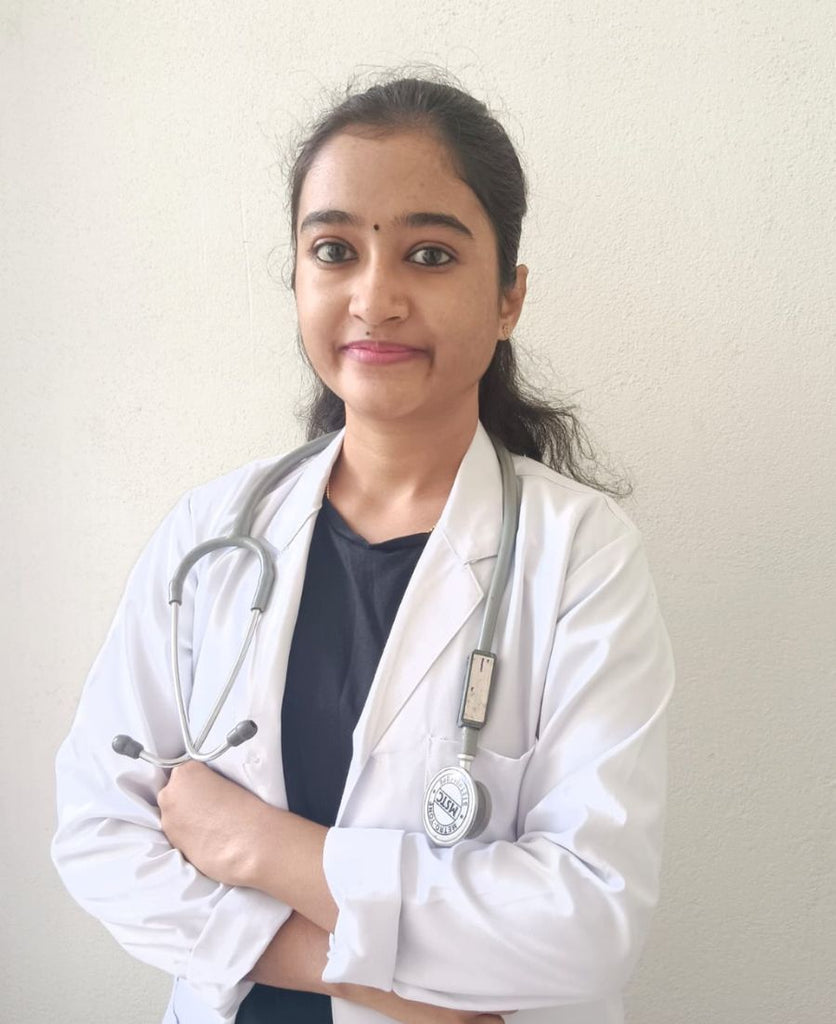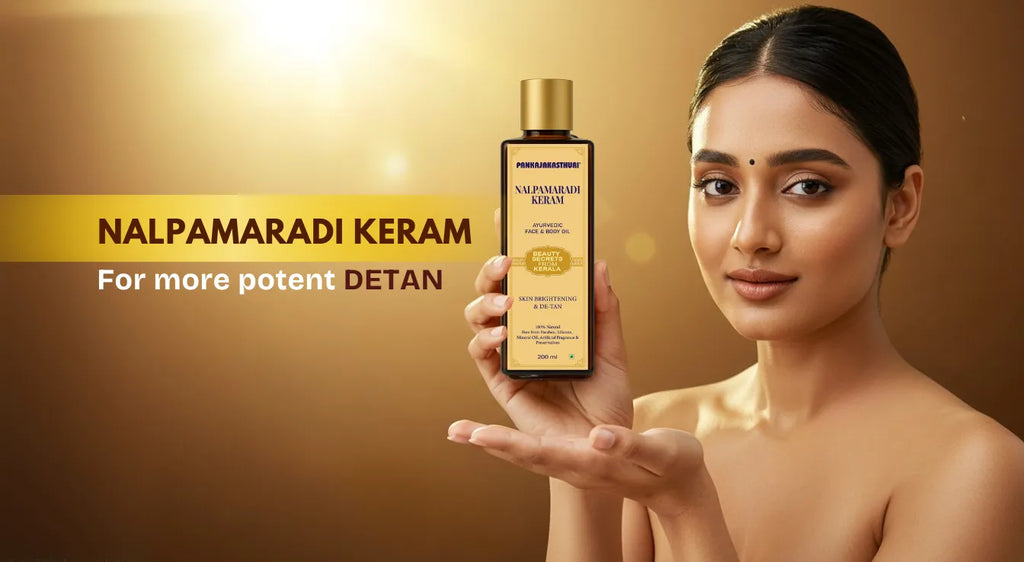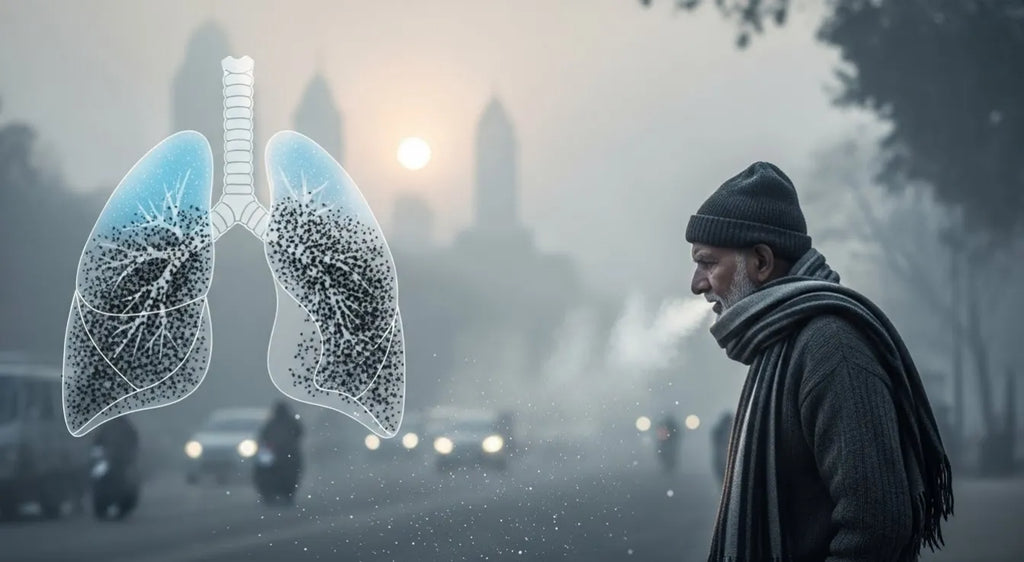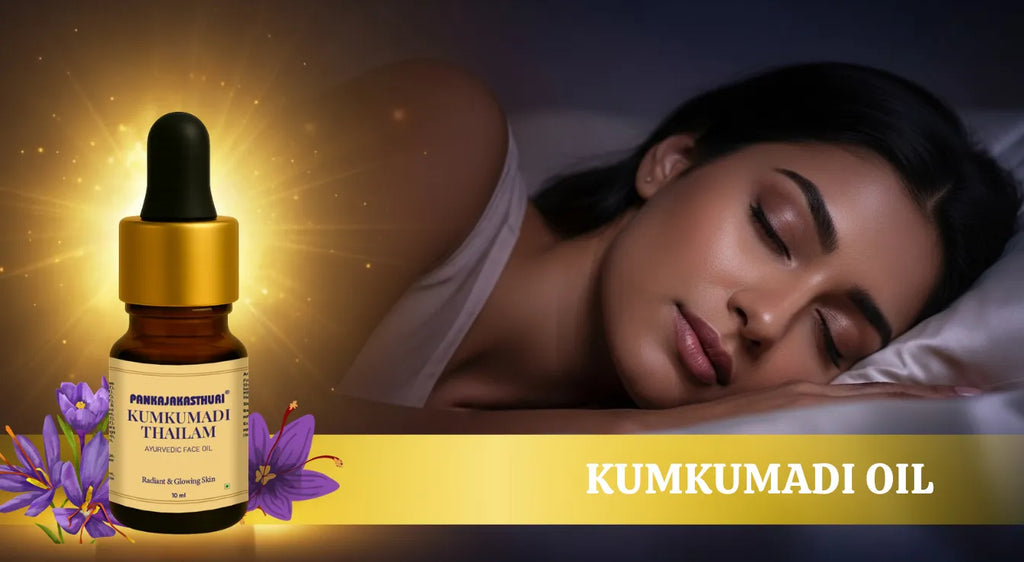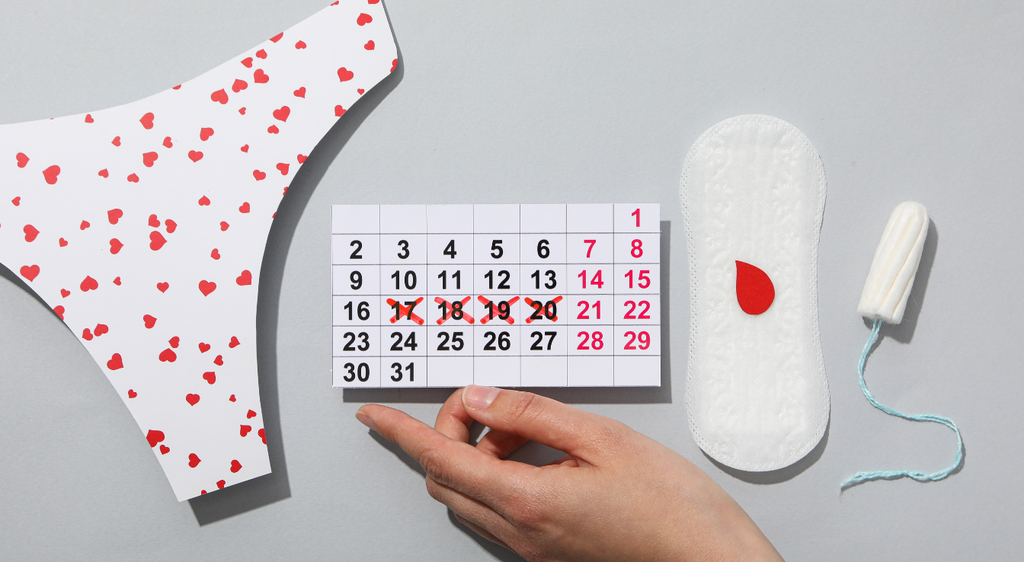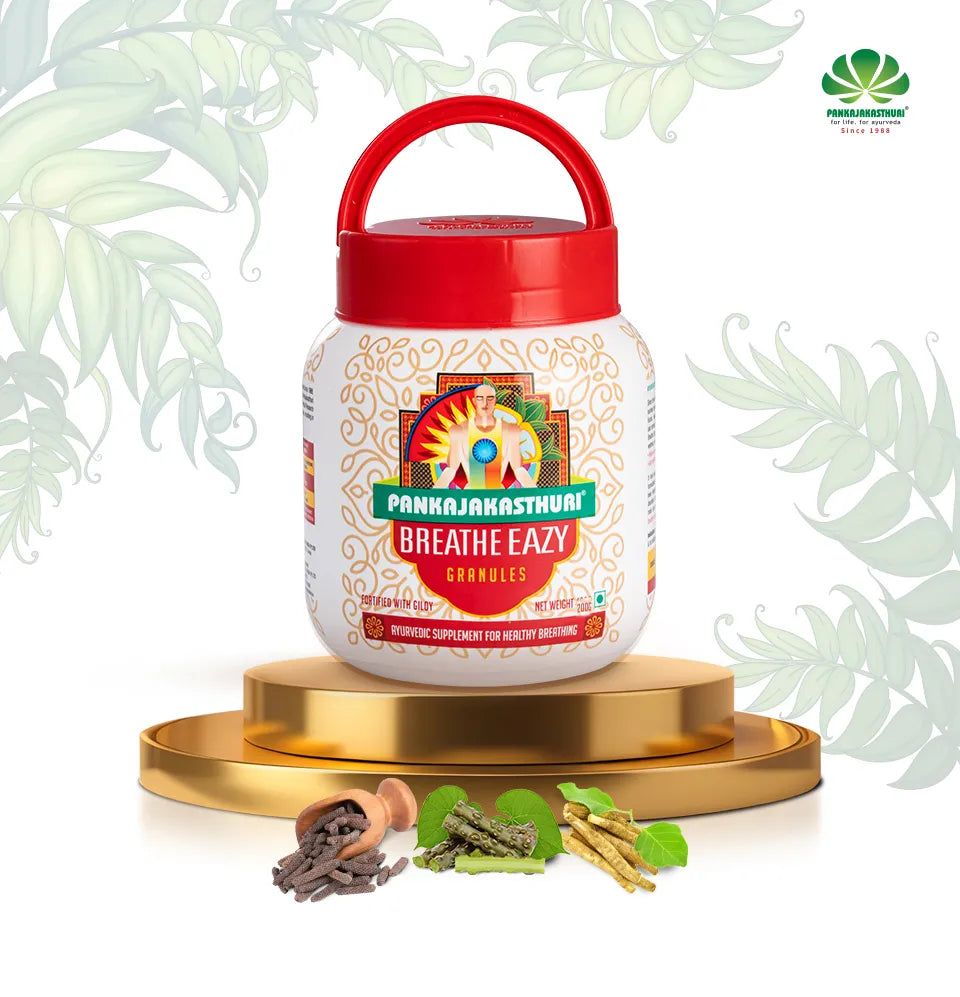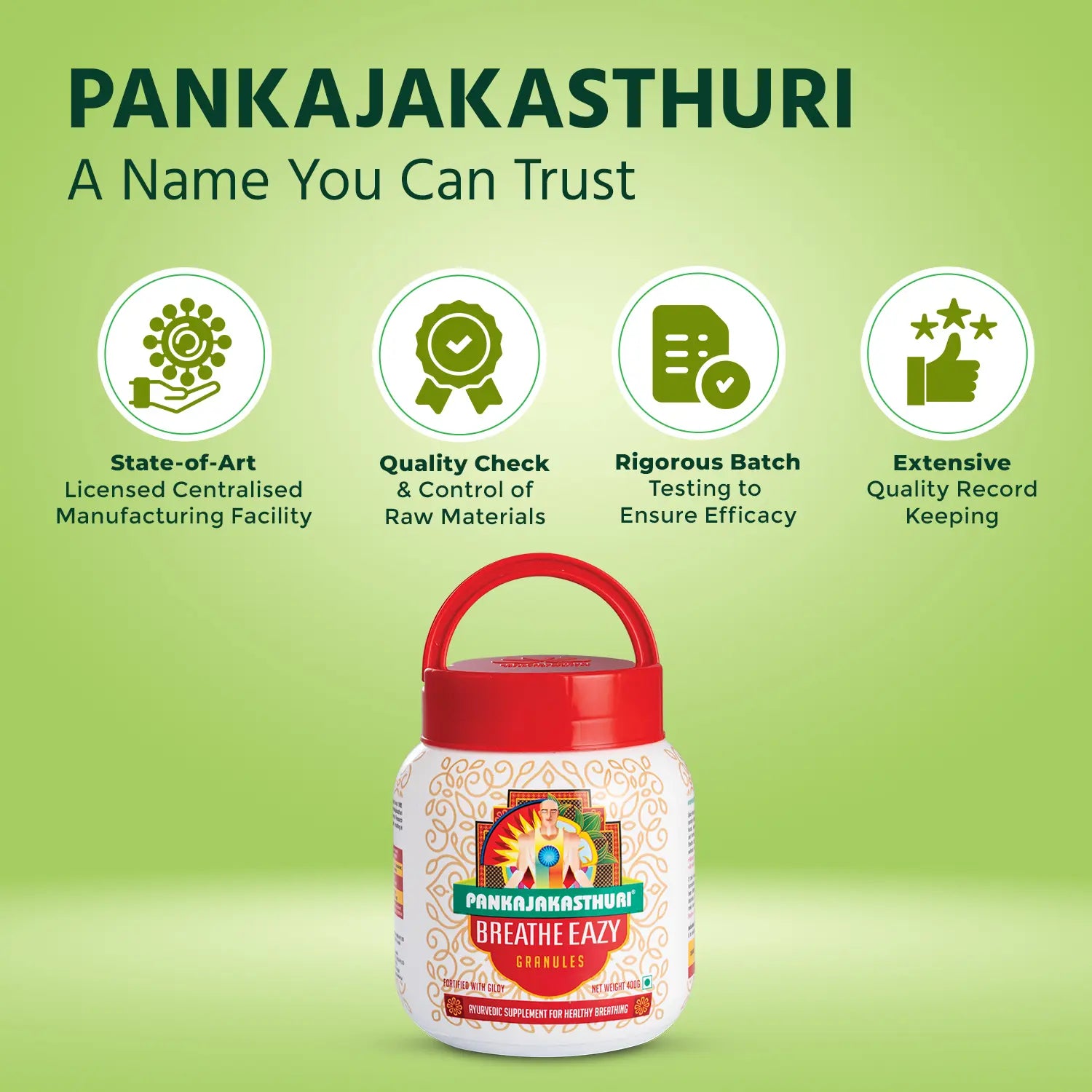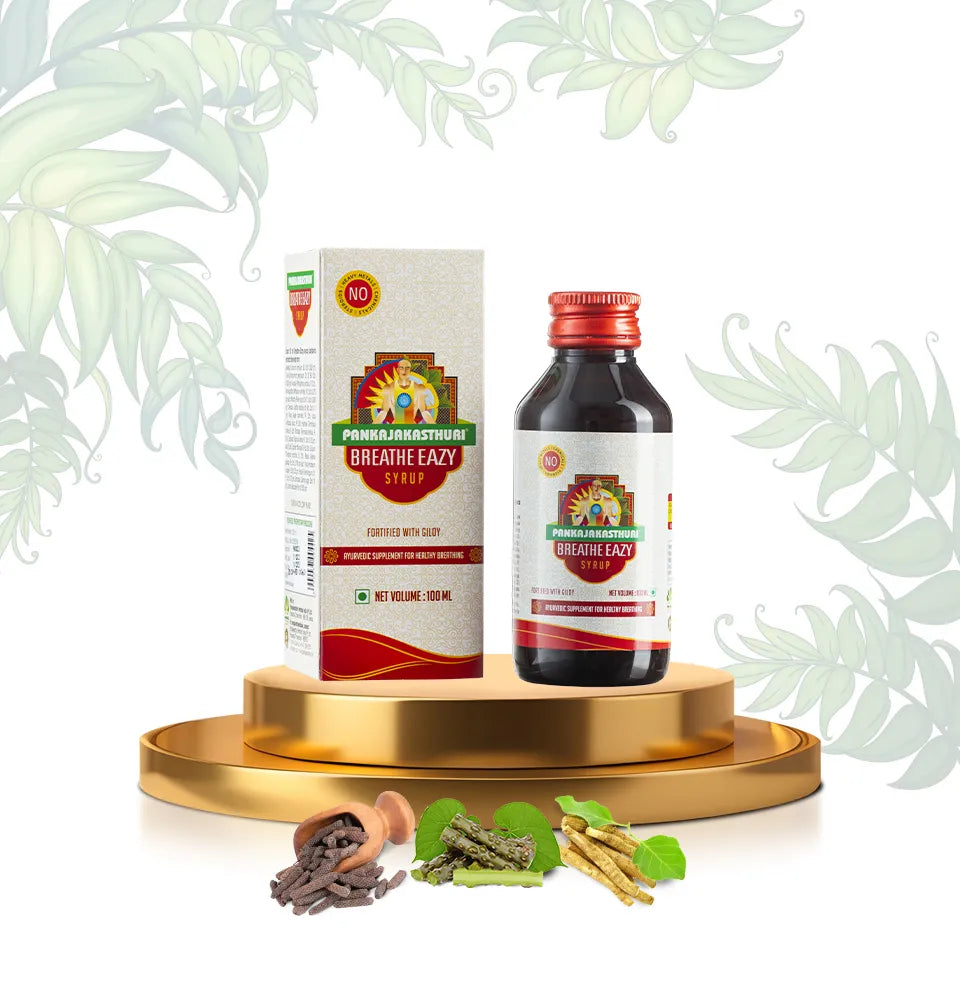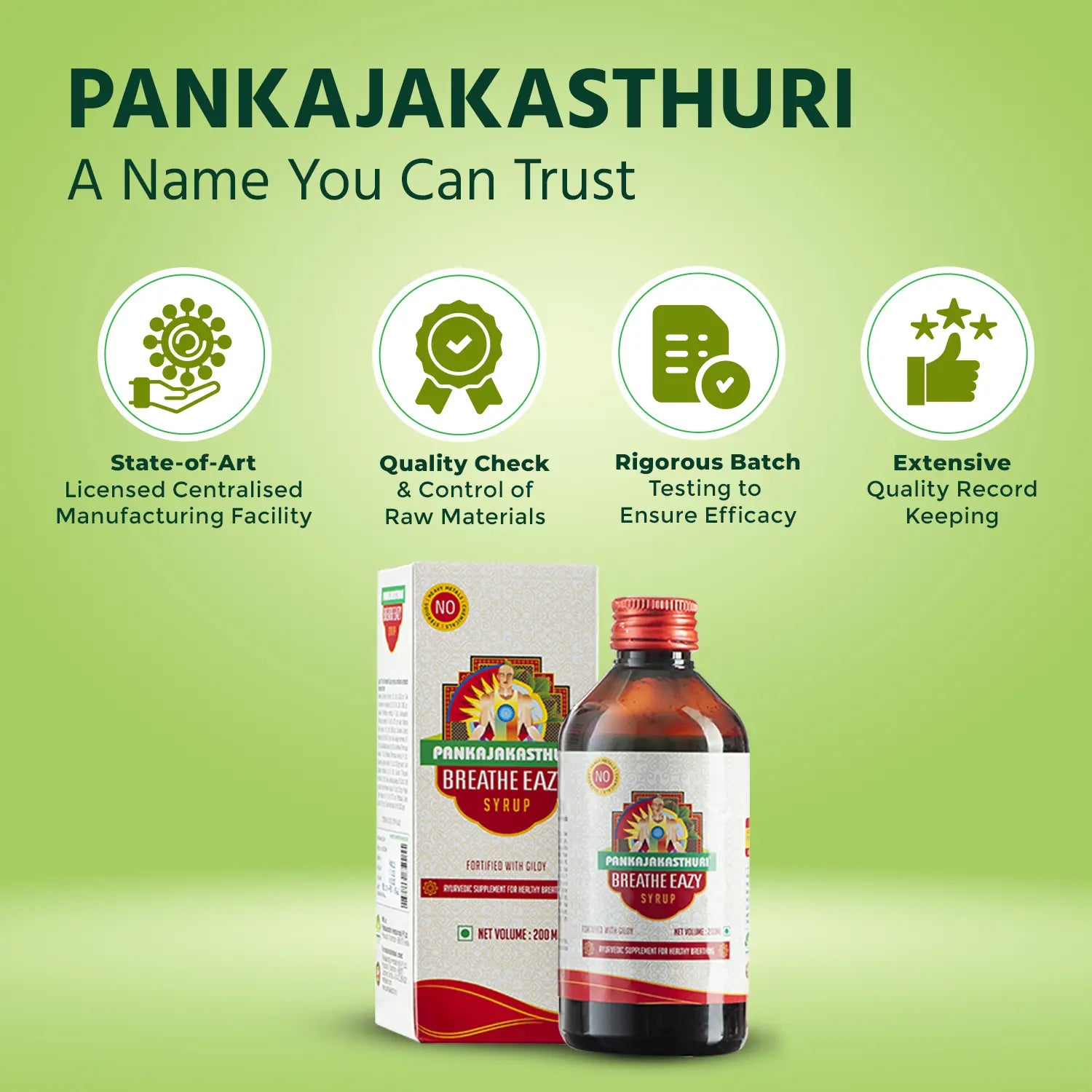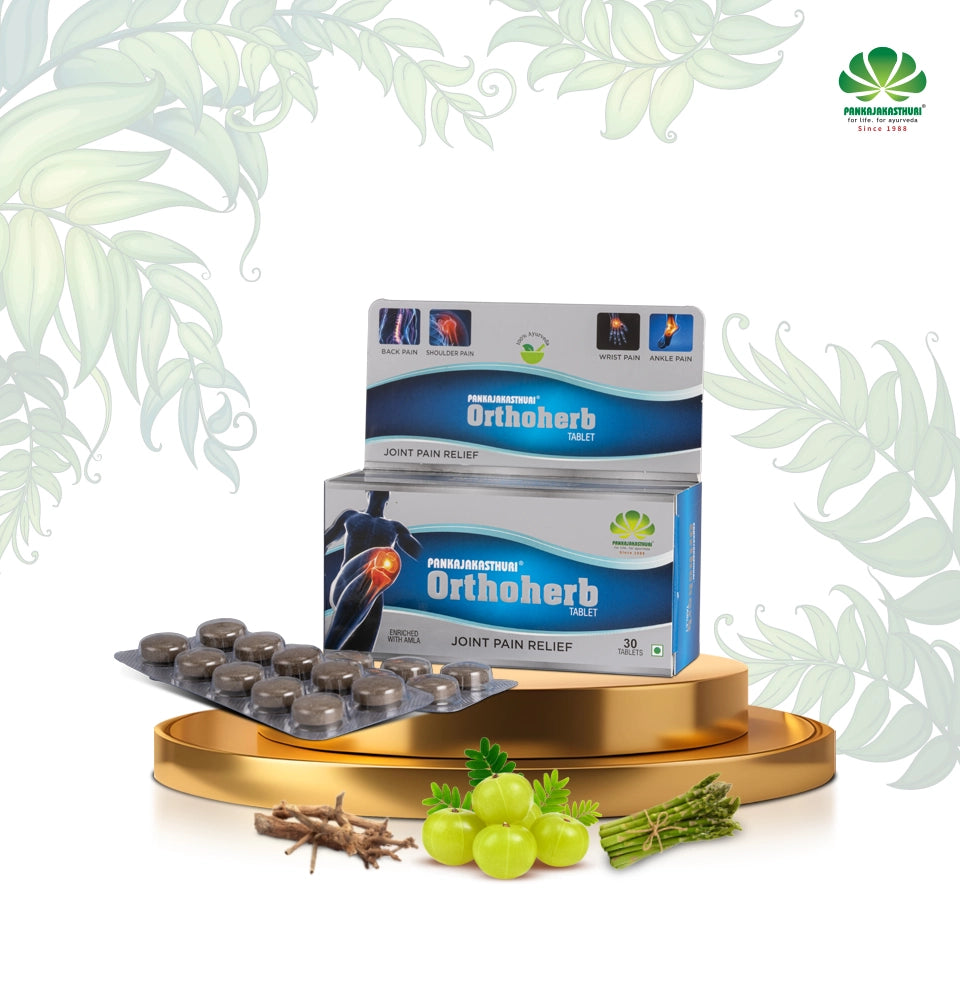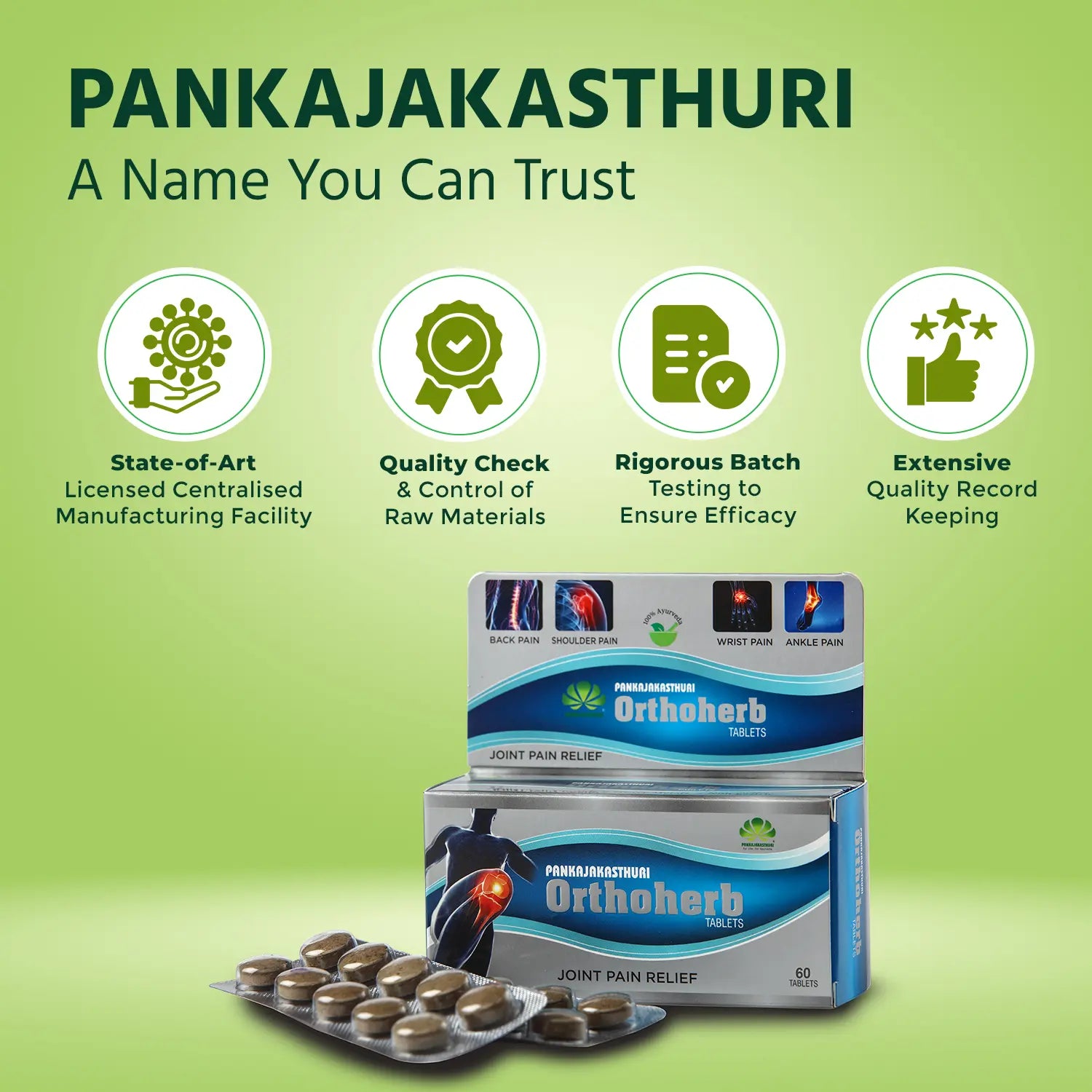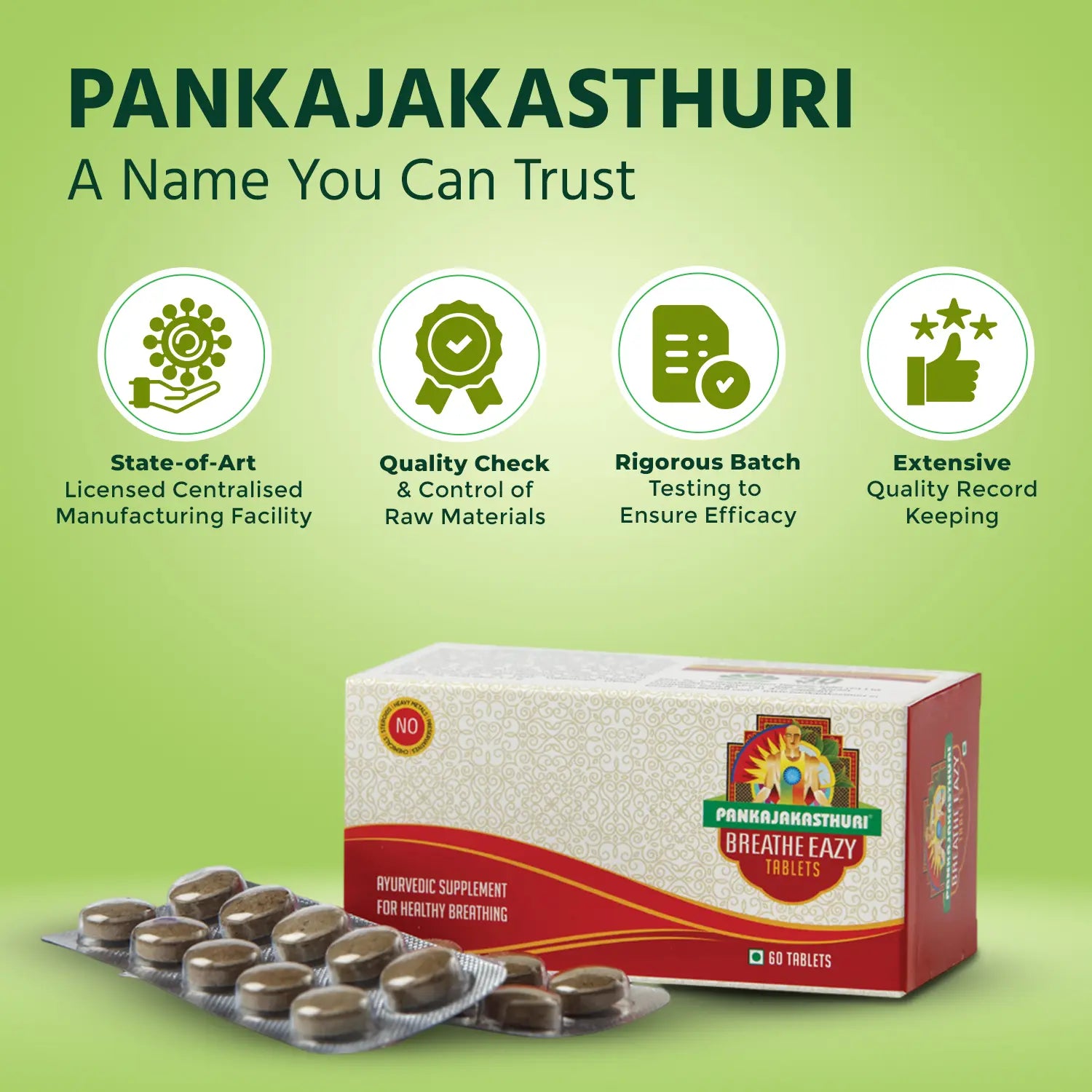
Varicose Veins in Ayurveda: Causes, Symptoms & Natural Treatment

Introduction to Varicose Veins
Varicose veins are enlarged, twisted and bulging veins that commonly appear on the legs and feet. These veins are typically blue or purple and result from weakened valves or walls within the veins, causing blood to pool. While often viewed as a cosmetic issue, varicose veins can also lead to significant discomfort and complications if left untreated.
Difference Between Varicose Veins and Spider Veins
Although both involve visible veins, spider veins are smaller, flat and often appear like web-like networks near the skin surface. They are typically harmless and painless. Varicose veins, on the other hand, are larger, rope-like and bulging. They may cause symptoms such as aching, swelling, and heaviness in the legs and can be linked to underlying venous insufficiency.
Ayurvedic Perspective: Sira Granthi
In Ayurveda, varicose veins correlate with a condition called Sira Granthi — a term describing knot-like swelling in the veins. The word Sira means vein and Granthi refers to a lump or knot. The primary factors involved are Vata dosha and Rakta Dhatu and the condition is rooted in disturbed circulation and blood stagnation.
Factors such as excessive standing, walking, bathing immediately after exercise and consuming stale or unsuitable food can aggravate Vata and Rakta. This leads to changes in the veins — such as contraction, dryness, congestion and tortuosity — which manifests as bulging and twisted veins.
Ayurvedic texts describe two types of varicose veins: one that is painful and movable, and another that is painless, immovable and severely enlarged. The condition is most commonly observed in the legs and worsens with prolonged standing.
Varicose Veins Symptoms
The most visible symptom is bulging, twisted veins, often accompanied by skin discoloration. Other common symptoms include:
- A burning or creeping sensation in the legs
- Itching and dryness around the veins
- Tingling or numbness
- Cold sensitivity in the feet
- Aching, heaviness or throbbing pain that worsens after standing
- Skin thickening, scaling and in severe cases — ulcers
Common Areas Affected
Varicose veins most frequently affect the legs, especially the calves and ankles, due to increased pressure from gravity. They can also appear in less common areas like the pelvis, rectum (as hemorrhoids) or scrotum (as varicocele).
On the face — spider veins (telangiectasia) may appear, often due to aging, sun exposure or conditions like rosacea. While facial spider veins are mostly a cosmetic issue, they reflect superficial vascular fragility.
Causes According to Modern Medicine
Varicose veins are primarily caused by venous valve dysfunction. Healthy veins have one-way valves that prevent blood from flowing backward. When these valves weaken or fail, blood pools in the veins, leading to venous pressure and vein dilation.
Chronic Venous Insufficiency (CVI) occurs when the veins cannot return blood effectively to the heart. This is worsened by gravity, especially when standing for long periods. Inactive or weakened leg muscles also contribute to poor venous return, as the calf muscles act as a natural pump pushing blood upward.
Causes According to Ayurveda
In Ayurveda, the condition arises from an imbalance in Vata and Rakta Dhatu. Vata governs movement and circulation, while Rakta represents blood and vitality. When Vata becomes dry and erratic and Rakta becomes impure or deficient, the veins lose tone and nourishment, leading to varicosity.
Sira Dushti (vitiation of blood vessels) includes conditions like:
-
Sira Shaitilya: Laxity or weakening of the vein walls
- Sira Granthi: Formation of nodules or swellings in the veins
- Sira Avarodha: Obstruction of normal blood flow
These vascular imbalances are commonly caused by poor diet, stress, toxins, overexertion, and an irregular lifestyle.
Risk Factors
The risk of varicose veins increases with age, particularly after 50, due to natural weakening of vein walls and valves. Women are more prone, partly due to hormonal influences and pregnancy. Other risk factors include:
- Genetics: A strong hereditary link
- Obesity: Increases pressure on leg veins
- Sedentary lifestyle: Lack of muscle activity hinders blood flow
- Pregnancy: Increases blood volume and pressure
- Prolonged standing or sitting
- Tight clothing and high heels
Complications of Untreated Varicose Veins
If not managed, varicose veins can lead to serious issues such as:
- Venous ulcers around the ankles
- Skin changes including thickening, pigmentation and eczema
- Chronic venous insufficiency causing ongoing discomfort and swelling
- Superficial thrombophlebitis (vein inflammation and clots)
- Deep vein thrombosis (DVT) which can lead to pulmonary embolism
- Spontaneous bleeding from superficial ruptured veins
- Infections particularly cellulitis
- Mobility limitations due to persistent leg pain
Varicose Veins Treatment Approach in Ayurveda
Internal Medications
-
Kashayam (Herbal decoctions): Punarnavadi, Sahacharadi, Chiravilwadi
-
Gulikas (Tablets): Triphala Guggulu, Chandraprabha Gulika , Navaka Guggulu
- Arishta (Fermented herbal tonics): Arjunarishta, Khadirarishta
External Therapies
-
Abhyanga: Medicated oil massage to relieve pain and stiffness
-
Lepanam: Application of warm herbal pastes to reduce swelling
-
Swedana: Steam therapy to open channels and enhance circulation
-
Raktamokshana: Leech therapy or venesection to remove stagnated blood
-
Udvartana: Herbal powder massage to reduce heaviness and swelling
- Yoga: Poses like Viparita Karani and Sarvangasana promote venous return
Dietary Recommendations
Recommended Foods
- High-fiber foods: Whole grains, legumes, vegetables
- Vitamin C & E-rich foods: Citrus fruits, leafy greens, avocados, nuts
- Flavonoids: Berries, onions, apples
- Potassium-rich foods: Bananas, spinach, sweet potatoes
- Anti-inflammatory: Garlic, ginger, and omega-3-rich foods
Foods to Avoid
- High salt and processed foods: Increase swelling
- Trans and saturated fats: Weaken blood vessels
- Refined sugars and carbs: Promote weight gain
- Excess alcohol and dairy: Can lead to dehydration and constipation
Lifestyle Modifications
- Engage in regular exercise, especially walking, stretching, calf raises, and toe flexing
- Elevate legs above heart level several times a day
- Avoid prolonged sitting or standing
- Wear compression stockings to support venous return
- Avoid tight clothes and high heels
- Quit smoking and manage blood pressure
- Practice routine leg care to avoid skin complications
Prevention of Varicose Veins
- Maintain physical activity to strengthen leg muscles
- Manage body weight
- Use leg elevation regularly
- Wear compression wear when needed
- Follow a high-fiber, anti-inflammatory diet
- Stay hydrated
- Avoid habits that restrict circulation, such as tight clothing or sitting cross-legged
- Consider Ayurvedic rejuvenative (Rasayana) therapies to maintain vascular tone


